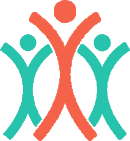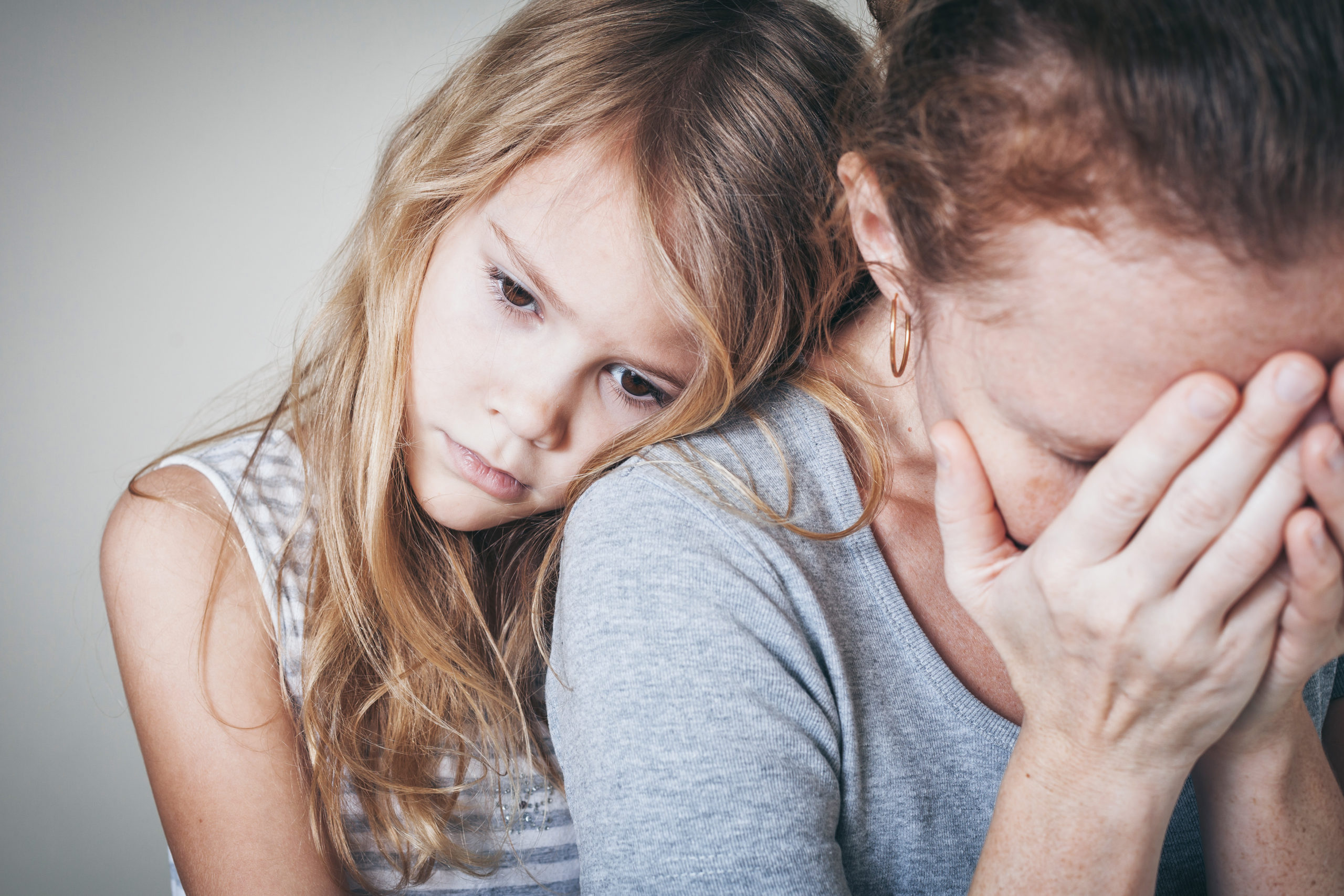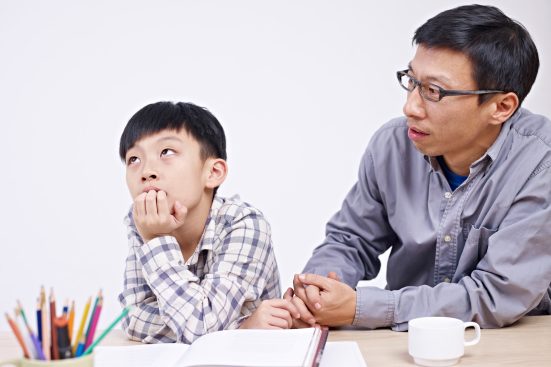Like almost all Australians, I spent the Christmas/New Year period watching fire apps, bushfire news and feeling devastated for the families who have been impacted. I know that many of our members – particularly those who live in the Gippsland regions, KI, Adelaide Hills – as well as others – have been significantly impacted by fires, with some of you experiencing massive stress, trauma and fear. I’m so sorry for what you and your children have experienced. All of us at Developing Minds have been feeling distressed and worried for those families directly affected around Australia, especially our CKC members
I also know that many other families who have not been directly impacted by fires, also have children who are experiencing stress and anxiety from watching the news, living in smoky cities or hearing conversations by their friends and family about bushfires. Children with existing emotional health challenges are sometimes particularly impacted by disasters such as these, as it simply adds “one more thing” to their existing worries. Children with “big feelings” are also of course more prone to feeling worried and concerned for themselves and others.
There have been many excellent guides published by various organisations about how to talk with children about fires, what to say and how to help them. Rather than recreate these here, I’ve included links to a few of the best I’ve seen at the end of this article.
As you’ll see in some of these guides, as child psychologists we usually list a range of different ideas and pieces of advice for helping children who are anxious about fires.
It’s important to be aware that some of these ideas and pieces of advice will be helpful for some children, but some might be less helpful. Different children, in different situations need different approaches. As always – as parents/caregivers you are the expert on your own child. so you should feel free to choose the ideas which you think might be most helpful for you.
Here is my summary of the ideas which you might choose from – to use to support your child.
- Allow children to talk and express their fears – don’t “shut them down”
- If a child is talking about or showing their fear or stress (remembering that children sometimes show us stress rather than talk about it), ask them a few short questions about what they are most worried about or what they think
- Tell children that their thoughts, feelings and stress reactions are normal
- Provide reassurance (information about why they are safe and how they will be kept safe in the future) – correcting misunderstandings where possible
- Help children notice “the helpers”, and how people/our society are working to repair, help and keep life safer in the future
- Provide affection, warmth and comfort when children are feeling anxious
- Allow children to express their worries or sadness using drawing or playing if they seem interested in doing this
- Don’t frequently or unnecessarily raise the conversation with children unless you believe they are thinking/talking about the topic already
- Also limit exposure where possible to graphic images and extensive news coverage (keeping an eye on what they are accessing online/youtube etc)
- Help children redirect their attention to other activities if they appear to be wanting to talk excessively about the topic (Let’s take a break from talking about…..)
- Provide normal (or “new normal” if “normal” is not possible) schedules and activity if children have been directly fire impacted
- Give children a sense of hope and change for the future
We are currently starting work on a couple of videos for children who have been fire impacted. In the meantime, we have a short activity sheet for children who are expressing worry, stress or sadness about fires. It is designed for children aged 6 to 10, will take them about 10 minutes and should be done with an adult present to talk with them about what they are drawing/writing and to help them answer the questions on the activity sheet. Please look through the activity sheet before you start it with your child and decide which/what you think would be helpful for your child – as some of it might be more or less helpful for different children.



